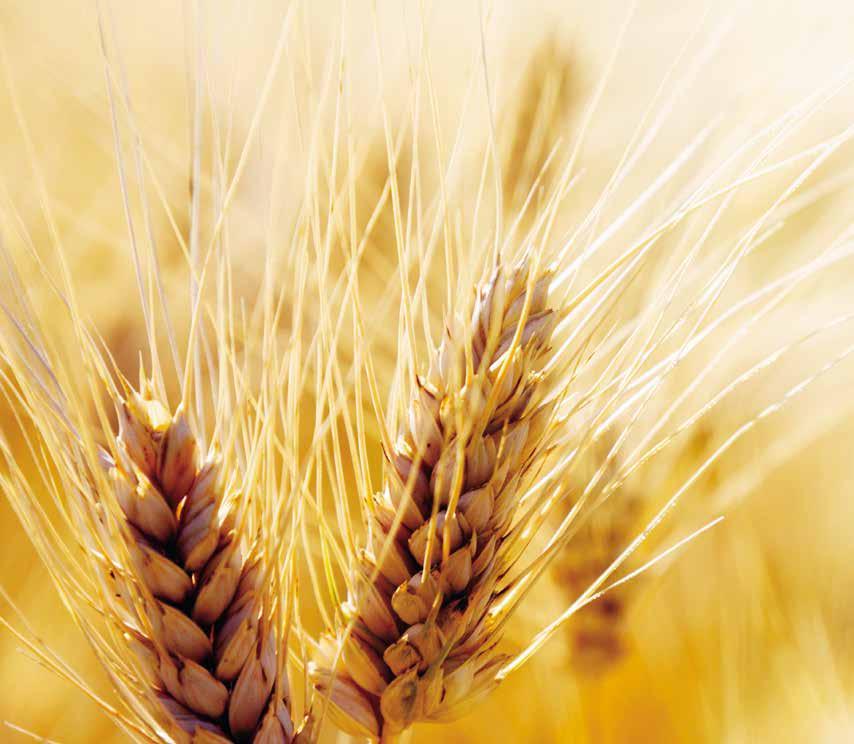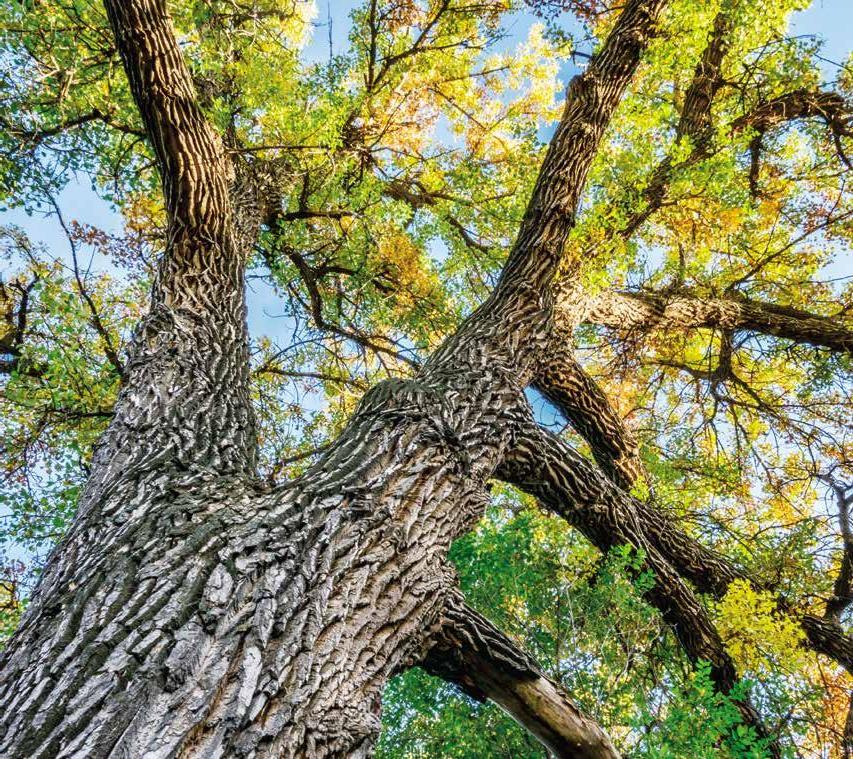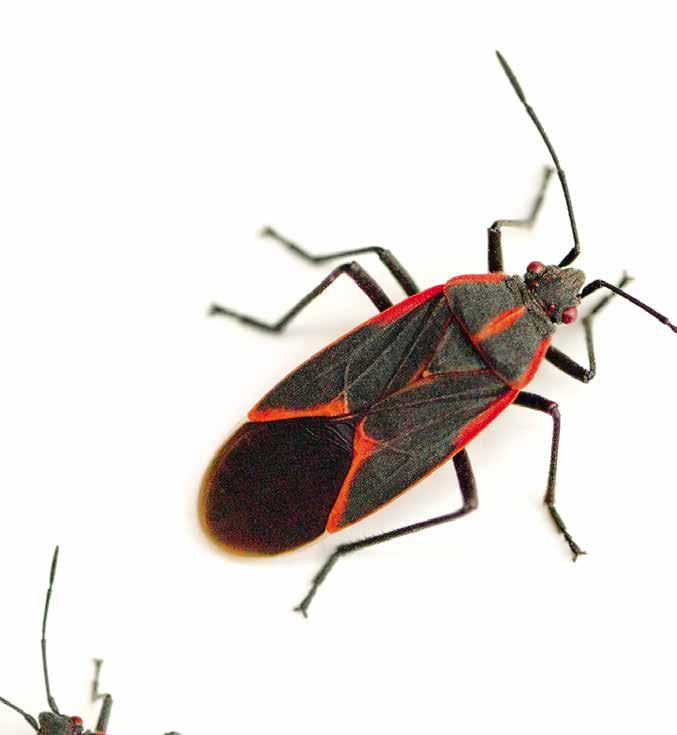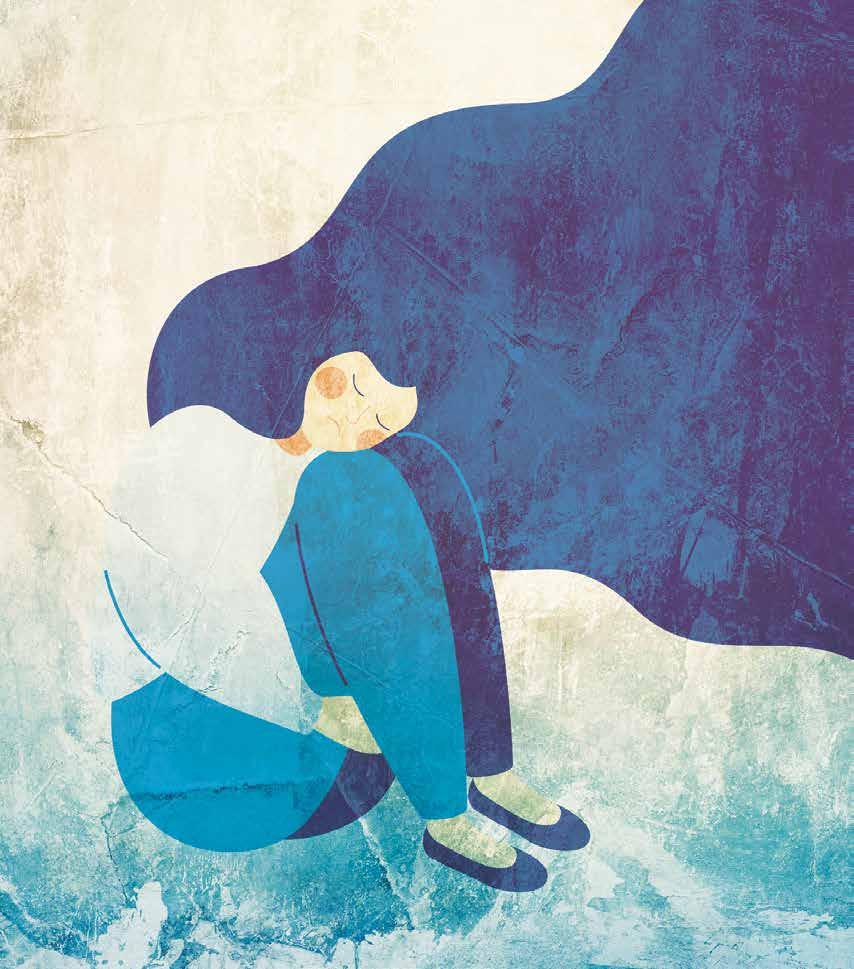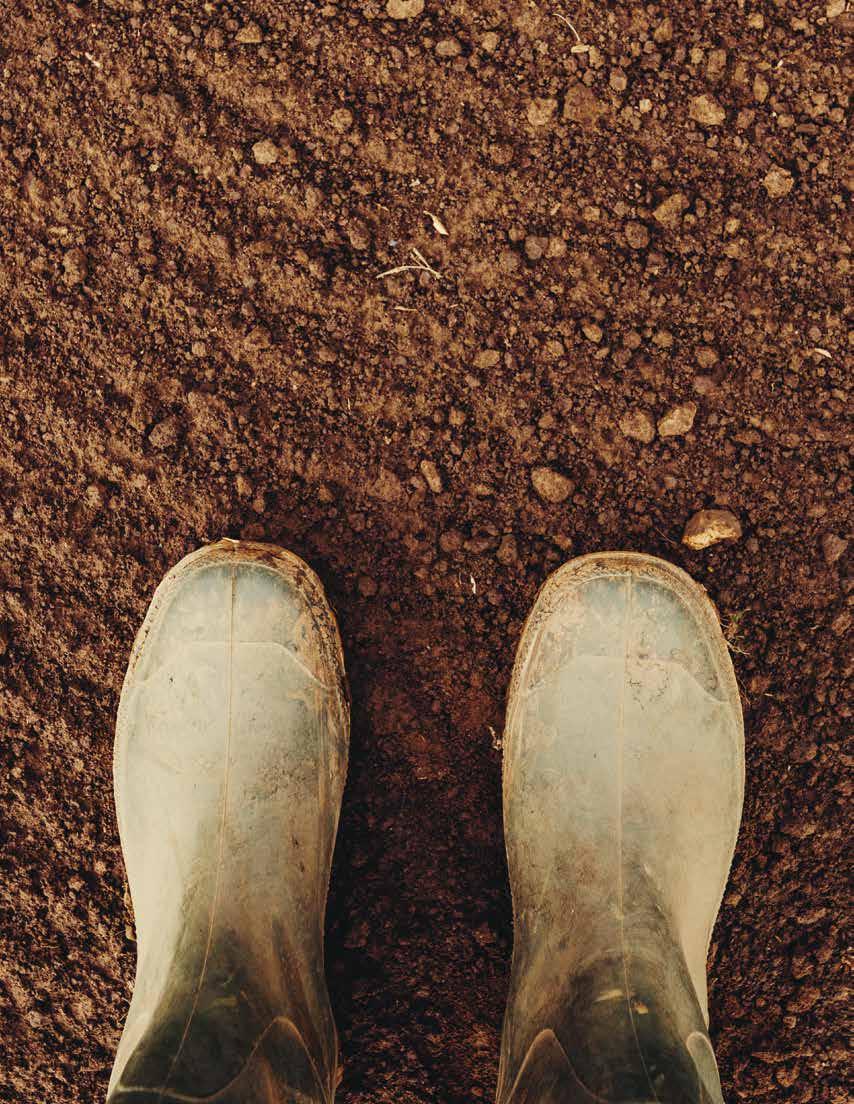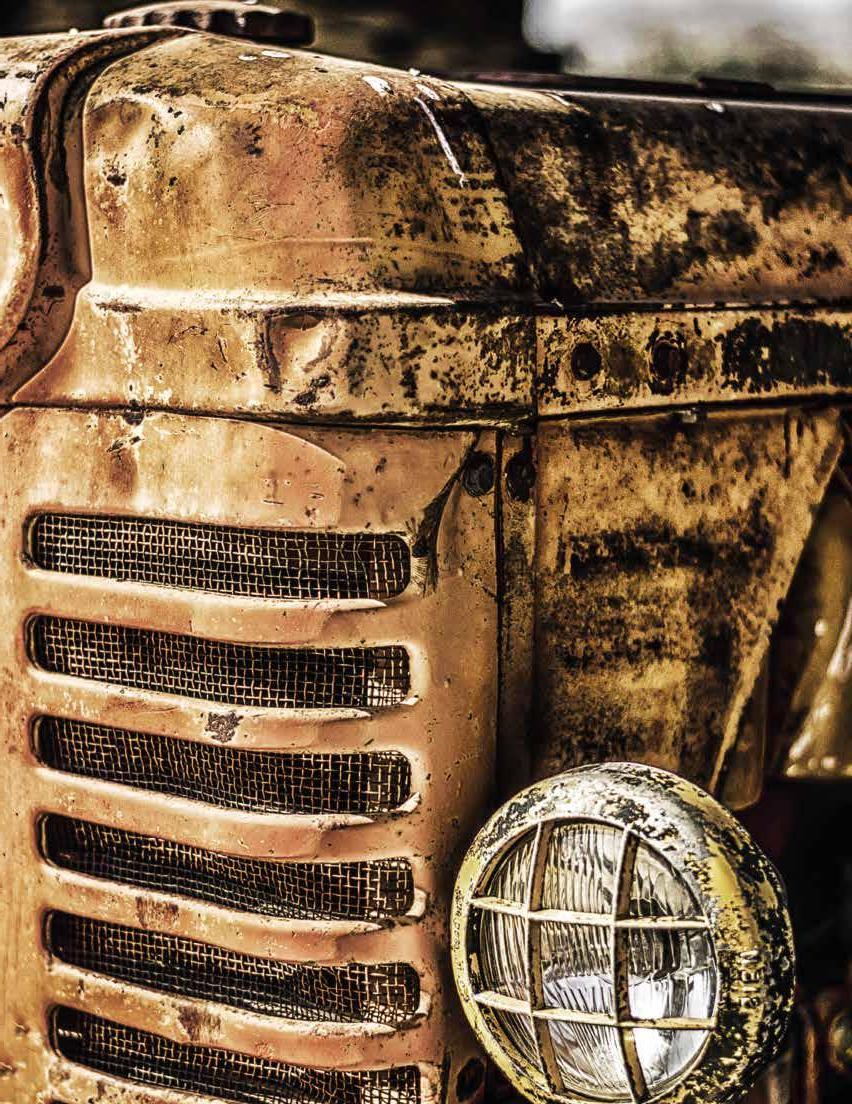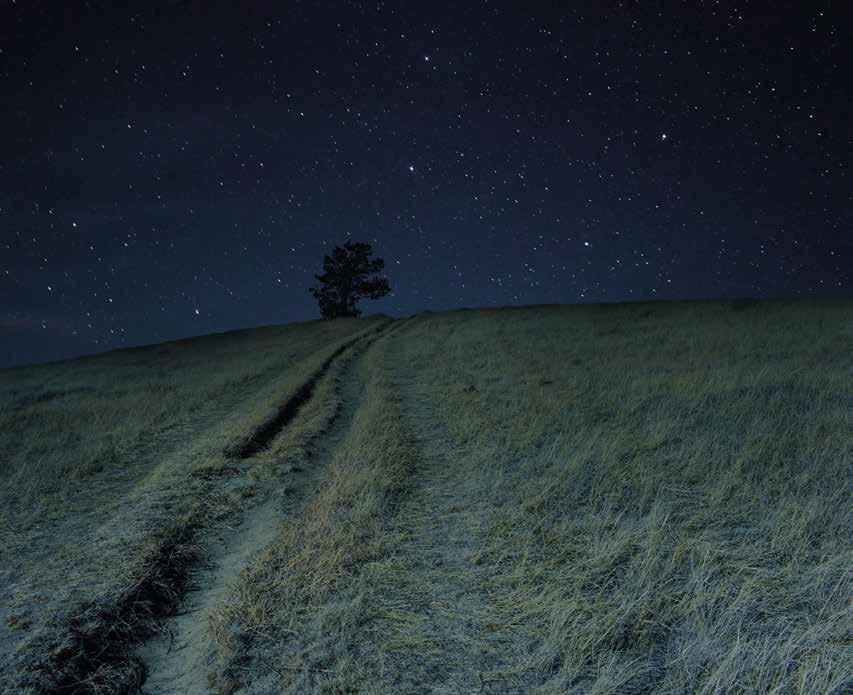| SENSE OF PLACE |
Like a derelict ship sunk in the middle of a vast ocean to create an artificial reef, the ancient tractor, like an iron atoll in a sea of grass, became a hub of life.
THE TRACTOR AND THE TREE by Mark Holman
S
ometime before the final frantic years that preceded the end
of the global civilization of billions, a tractor was left on the edges of a tilled field. It
may have broken down in that very spot during a period lost to history. Or, it may have been left there because it was no longer useful in an age where human hand and foot power provided more utility. The antique from the age of iron machines that once quite literally moved the world, rested on the prairie surface, little more than a landmark and reminder of a different time. Sturdy and robust, the bricklike solid steel mass would hold court in that very spot for centuries as the only thing higher than the grass for as far as could be seen. On the oral story maps of the prairie dwellers, the place had been called Lone Tractor Plain for as long as memory. 10
The tractor rested, unmoving through every season. Though it did nothing but exist, it created a unique, endemic community that welcomed, protected, and fostered life. The sequestered spaces beneath and around the tractor created microclimates within which all kinds of living things could sprout and flourish. Animals burrowed beneath it in protected warrens, while birds and small mammals nested within shrouded cavities. Hawks sat atop the higher points, surveying the landscape, while diminutive creatures cowered silently inside labyrinthine burrows deep within its bowels. In wetter seasons, water collected around the machine, and it became a perch and nesting place for waterfowl, while turtles basked in the sun on flanks just above the waterline. Moss and fungi found purchase on old gasket materials and in crevices that had collected layers of moist sediment blown in on
the ever-present winds. Small bonsailike communities of plant life grew where windblown soil had settled over the years in spaces and cavities. Like a derelict ship sunk in the middle of a vast ocean to create an artificial reef, the ancient tractor, like an iron atoll in a sea of grass, became a hub of life. The living and the unliving intertwined in a post-human symbiosis for a thousand years. In the distance, standing like a lonesome sentinel in the ocean of grass, a man could see a solitary cottonwood tree on the horizon. A giant, venerable, stately tree towered above the surrounding plains beckoning as an oasis of shelter, an island of calm surrounded by windswept sameness and the severe extremes of open vastness. Cottonwoods, the resilient, long-lived giants of the plains, rooted deep and provided an island of shade and shelter in a place where there was little of





